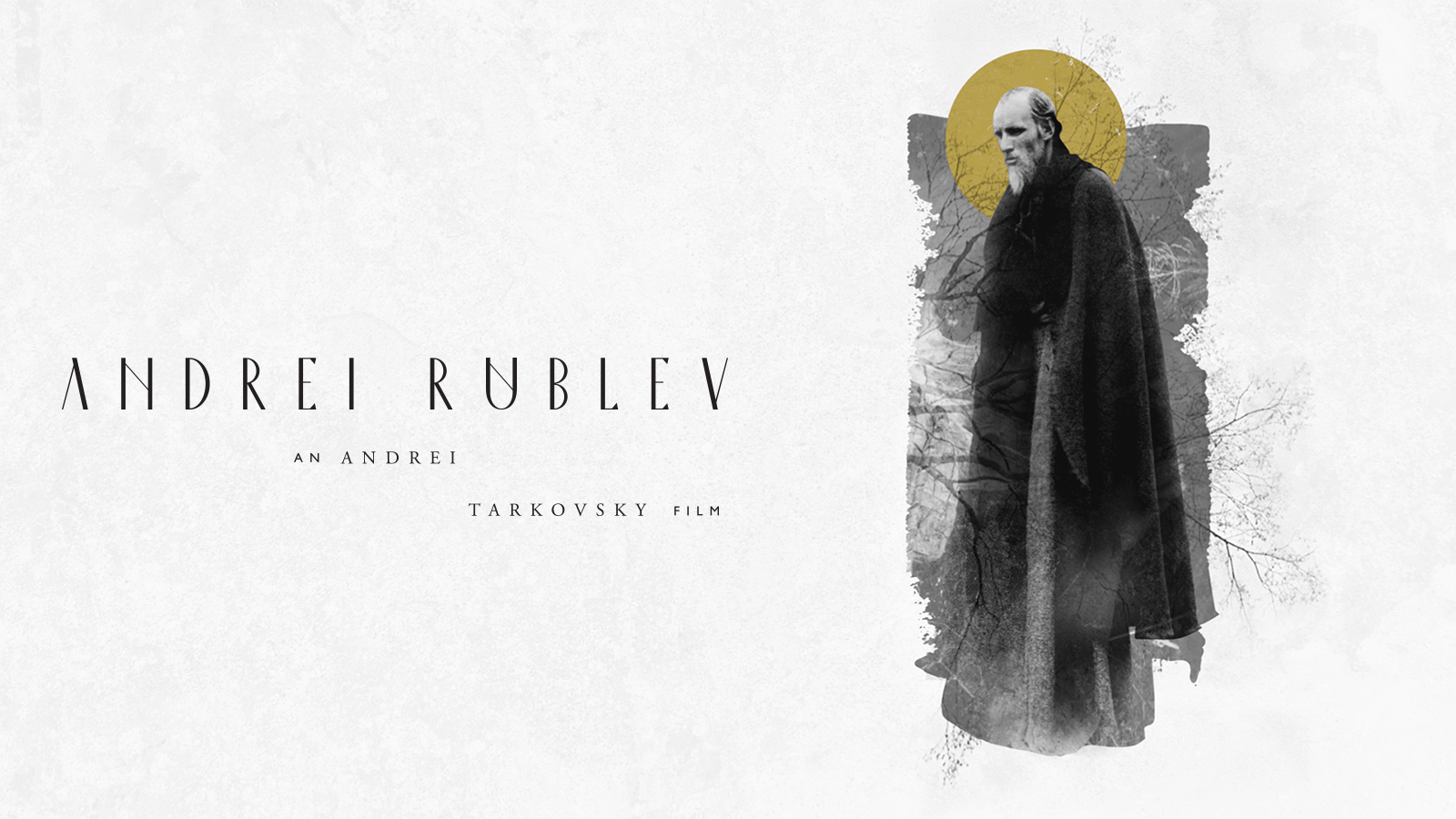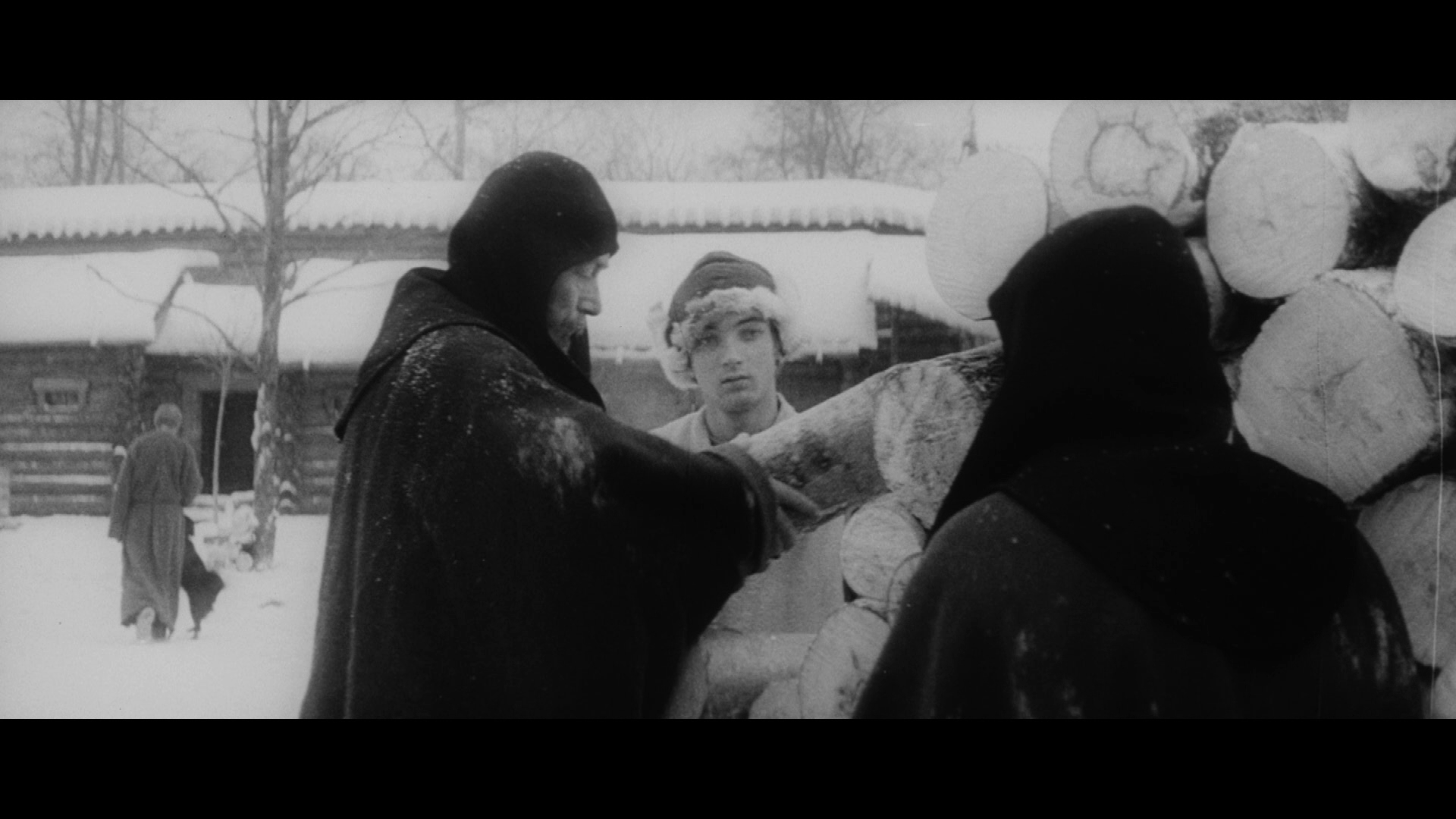

In 1966, Andrei Tarkovsky made a film Andrei Rublev, loosely based on the artist's life. The Russian Orthodox Church canonized Rublev as a saint in 1988, celebrating his feast day on 29 January and/or on 4 July. Since 1959 the Andrei Rublev Museum at the Andronikov Monastery has displayed his and related art.

The Stoglavi Sobor (1551) promulgated Rublev's icon style as a model for church painting. Rublev's work influenced many artists including Dionisy. Rublev died at Andronikov Monastery between 14. After some time his art came to be perceived as the ideal of Eastern Church painting and of Orthodox iconography. The characters of his paintings are always peaceful and calm. In Rublev's art two traditions are combined: the highest asceticism and the classic harmony of Byzantine mannerism. Inside the bare cathedral, an apprentice reads 1 Corinthians 11 while the mute girl Durochka, a holy fool with long blond hair, watches in fascination: He feels he cannot complete his commission to paint the cathedral because it would require an image of the Last Judgment to terrify the people. Rublev removed the figures of Abraham and Sarah from the scene, and through a subtle use of composition and symbolism changed the subject to focus on the Mystery of the Trinity. It is based on an earlier icon known as the "Hospitality of Abraham" (illustrating Genesis 18). 1410), removed in 2023 from the Tretyakov Gallery, Moscow to the Cathedral of Christ the Saviour. The only work authenticated as entirely his is the icon of the Trinity (c. He is also believed to have painted at least one of the miniatures in the Khitrovo Gospels. After Daniel's death, Andrei came to Moscow's Andronikov Monastery where he painted his last work, the frescoes of the Saviour Cathedral. Theophanes was an important Byzantine master, who moved to Russia and is considered to have trained Rublev.Ĭhronicles tell us that together with Daniel Chorny he painted the Assumption Cathedral in Vladimir in 1408 as well as the Trinity Cathedral in the Trinity Lavra of St. His name was the last of the list of masters, as the junior both by rank and by age. The first mention of Rublev is in 1405, when he decorated icons and frescos for the Cathedral of the Annunciation of the Moscow Kremlin, in company with Theophanes the Greek and Prokhor of Gorodets. Sergius Lavra, near Moscow, under Nikon of Radonezh, who became hegumen after the death of Sergius of Radonezh in 1392. Little information survives about his life even where he was born is unknown. He is considered to be one of the greatest medieval Russian painters of Orthodox Christian icons and frescos. Sergius by 1988 Local Council of the Russian Orthodox Church,Ģ9 January, 13 June, 4 July, 6 July, 22 AugustĬlothed as an Orthodox monk, often shown holding an iconĪndrei Rublev ( Russian: Андре́й Рублёв, romanized: Andrey Rublyov, IPA: ( listen) c. Venerable Father ( Prepodobne), Monk and IconographerĦ June 1988, Trinity Lavra of St.


 0 kommentar(er)
0 kommentar(er)
